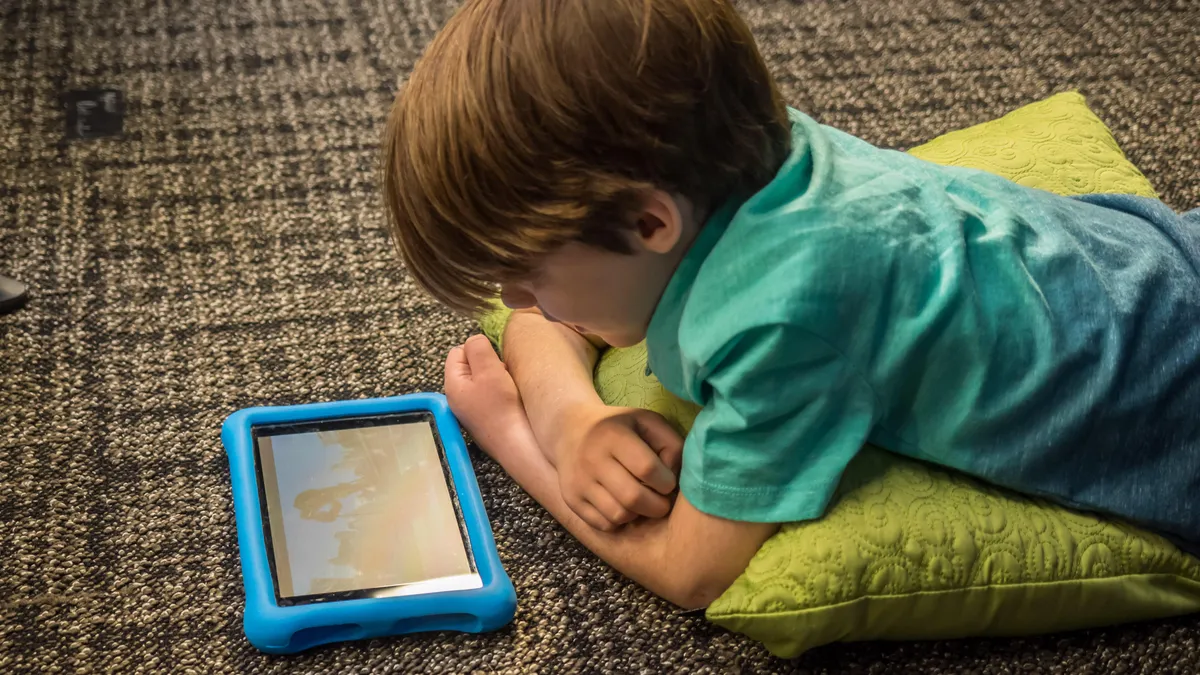Introduction
Social media has become an integral part of our lives, especially for the younger generation. While it offers numerous benefits, it also comes with its own set of challenges, particularly when it comes to ensuring the online safety of our children. As parents, it’s crucial to navigate the world of social media with vigilance and awareness. This article will x-ray the intricacies of social media safety for kids and provide you with valuable insights on how to keep your children protected while they explore the virtual realm.
Understanding the Landscape: The Influence of Social Media

Social media platforms have transformed the way we connect, share, and communicate. They provide a platform for self-expression, creativity, and interaction. However, this digital landscape also exposes children to potential risks such as cyberbullying, inappropriate content, and privacy breaches. As a parent, staying informed about the different social media platforms your child might use is the first step in ensuring their safety.
The Role of Parents in Social Media Safety
- Open Communication: Establishing open and honest communication with your child about their online activities is vital. Encourage them to share their experiences, challenges, and concerns without fear of judgment. This will create a safe space for them to seek your guidance when faced with online issues.
- Education: Educate your children about the potential dangers of social media, including the importance of protecting their personal information, recognizing and reporting inappropriate content, and understanding the consequences of their online actions.
- Setting Boundaries: Implement clear guidelines regarding the amount of time your child spends on social media and the types of content they are allowed to engage with. Setting screen time limits can help prevent excessive exposure and its associated risks.
Tips for Ensuring Social Media Safety

Privacy Settings: Guide your child in adjusting privacy settings on their social media profiles to ensure that only approved friends can view their content. Show them how to avoid sharing sensitive information like their location, school, and contact details.
Friendship Policies: Teach your child about the importance of accepting friend requests only from people they know in real life. Strangers may not have good intentions, and it’s crucial for kids to understand this distinction.
Cyberbullying Awareness: Make your child aware of what cyberbullying is and how to handle it. Encourage them to talk to you if they encounter any form of online harassment, and guide them on reporting such incidents to the platform administrators or school authorities.
Inappropriate Content: Discuss the potential exposure to inappropriate content and the importance of immediately informing you if they come across anything that makes them uncomfortable. Install content filtering tools and parental control apps to add an extra layer of protection.
Leading by Example: Your Own Social Media Behavior
Children learn by observing the behavior of those around them, especially their parents. Modeling responsible social media behavior can have a profound impact on how your child approaches their own online interactions. Here’s how you can lead by example:
Mindful Sharing
Be cautious about the information you share online, especially when it comes to your children’s personal details and images. Remember that what you post can indirectly affect your child’s safety.
Respectful Communication
Demonstrate respectful and considerate communication in your online interactions. This will reinforce the importance of treating others kindly, both online and offline.
Digital Detox
Show your child that it’s healthy to take breaks from social media and spend quality time engaging in real-world activities. Encourage outdoor play, family conversations, and hobbies that don’t involve screens.
Monitoring without Intrusion

While it’s essential to protect your child’s online safety, it’s equally important to respect their growing independence. Striking a balance between monitoring their online activities and allowing them room for autonomy can be challenging but rewarding.
- Frequent Check-Ins: Regularly check in with your child about their online experiences. Ask about their favorite apps, friends they interact with, and any concerns they may have.
- Friendship Audit: Periodically review your child’s friend list to ensure they are only connected with people they know personally. This can help prevent them from inadvertently interacting with strangers.
- Parental Control Tools: Utilize parental control tools that offer insights into your child’s online activities without infringing on their privacy. These tools can provide you with valuable information while allowing your child some degree of freedom.
Empowering Your Child to Make Informed Choices
As your child grows, it’s important to transition from a protective role to an empowering one. Teach them to make informed decisions about their online interactions and help them develop critical thinking skills. This will equip them to navigate the digital world safely even when you’re not around.
Conclusion
Navigating social media safety for kids requires a delicate balance of guidance, trust, and education. By fostering open communication, setting clear boundaries, and leading by example, you can create a safer online environment for your children to explore and learn. Remember that while challenges may arise, your involvement and dedication to their well-being will ultimately shape their positive and responsible online behavior.









